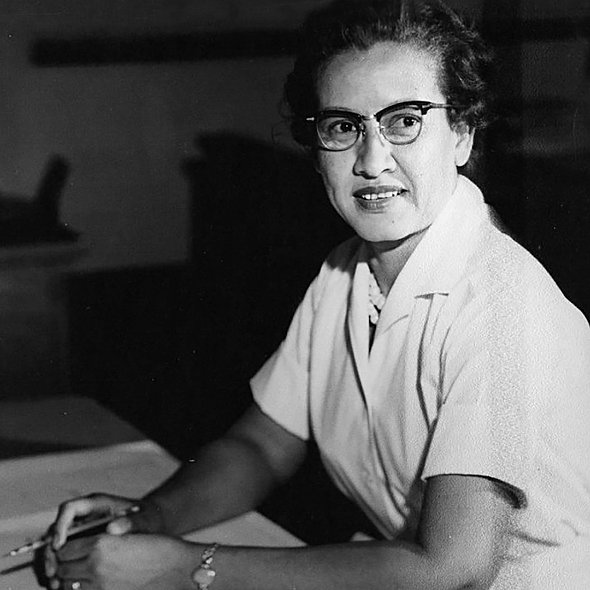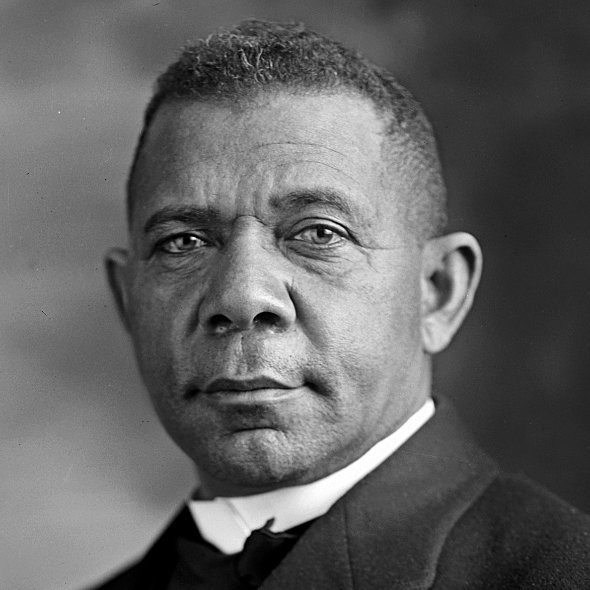“She didn’t want to just do the work—she wanted to know the ‘hows’ and the ‘whys’ and the ‘why nots,’” NASA wrote in a short biography of Johnson. “None of the other women had ever asked questions before, but by asking questions, Johnson began to stand out.” By forcing her way into meetings with all-white engineers, Johnson joined the Flight Research Division of NACA, the program that would form the backbone of the current NASA space program.
In 1958, NACA become NASA, and Johnson helped pioneer space flight. “The whole idea of going into space was new and daring,” Johnson told historian Wini Warren. “There were no textbooks, so we had to write them. We wrote the first textbook by hand, starting from scratch.” Johnson went on to publish a landmark 1960 paper titled “The Determination of Azimuth Angle at Burnout for Placing a Satellite over a Selected Earth Position.”
At the time, academic practice was to omit female contributors in publishing credits, even if they were primary authors. The fact that Johnson’s name appears in the title is historically significant. Even with the odds stacked against her—Johnson held the extremely unlikely status as a young black woman from West Virginia—her sky-shattering paper would become known as the key document in the successful placement of an American astronaut in planetary orbit.
This paper was the launching point of the successful 1959 flight and retrieval of Alan Shepard, the first American to pierce the atmosphere and enter the realm of outer space. Johnson’s complex equations would also serve as the foundation for NASA’s first digital computers that helped track John Glenn’s triple earth orbit in 1962. The primitive computers, of which agency personnel were skeptical, produced data that Johnson verified by hand.
“We computed the launch window, telling them the altitude, the speed…and if you meet those qualifications, within this area, the ellipsoid, the trajectory will go as you planned,” Johnson said. “That’s the way it was. They just said, ‘if she says it’s right, it’s right,’ because the guys didn’t do the work. I did it.”
Johnson also calculated the trajectory of the Apollo 11 mission that would land the first astronauts on the moon. Steadfast in her initiative and assurance of her calculations, Johnson knew she had to produce absolute mathematical perfection. “When they went to the moon the first time, everybody was concerned about them getting there—we were concerned about them getting back,” she said. “If the Eagle lunar module launched at the wrong time, or with the wrong force, if it didn’t hook back up with the spacecraft, there wasn’t another one coming.”
Johnson’s magnificent achievements went largely unnoticed by a nation that was captivated by space flight. Little did the sky watchers know that Alan Shepard wouldn’t have landed as predicted, John Glenn wouldn’t have orbited the planet, and the Apollo astronauts wouldn’t have returned to terra firma if Johnson had miscalculated her measurements by even a decimal point.
Although a humble woman who saw a day’s work as just that, Johnson received deserved recognition in 2015 when President Obama awarded her the Presidential Medal of Freedom—the highest honor that can be bestowed upon an American civilian. She was also recognized by the Charleston Gazette-Mail as the 2015 West Virginian of the Year. She holds three honorary doctorate degrees and five NASA Special Achievement Awards.











